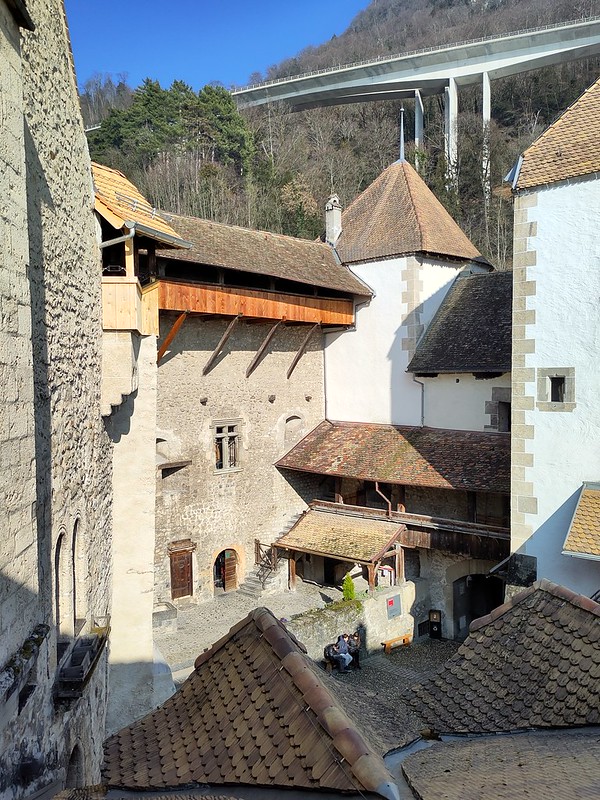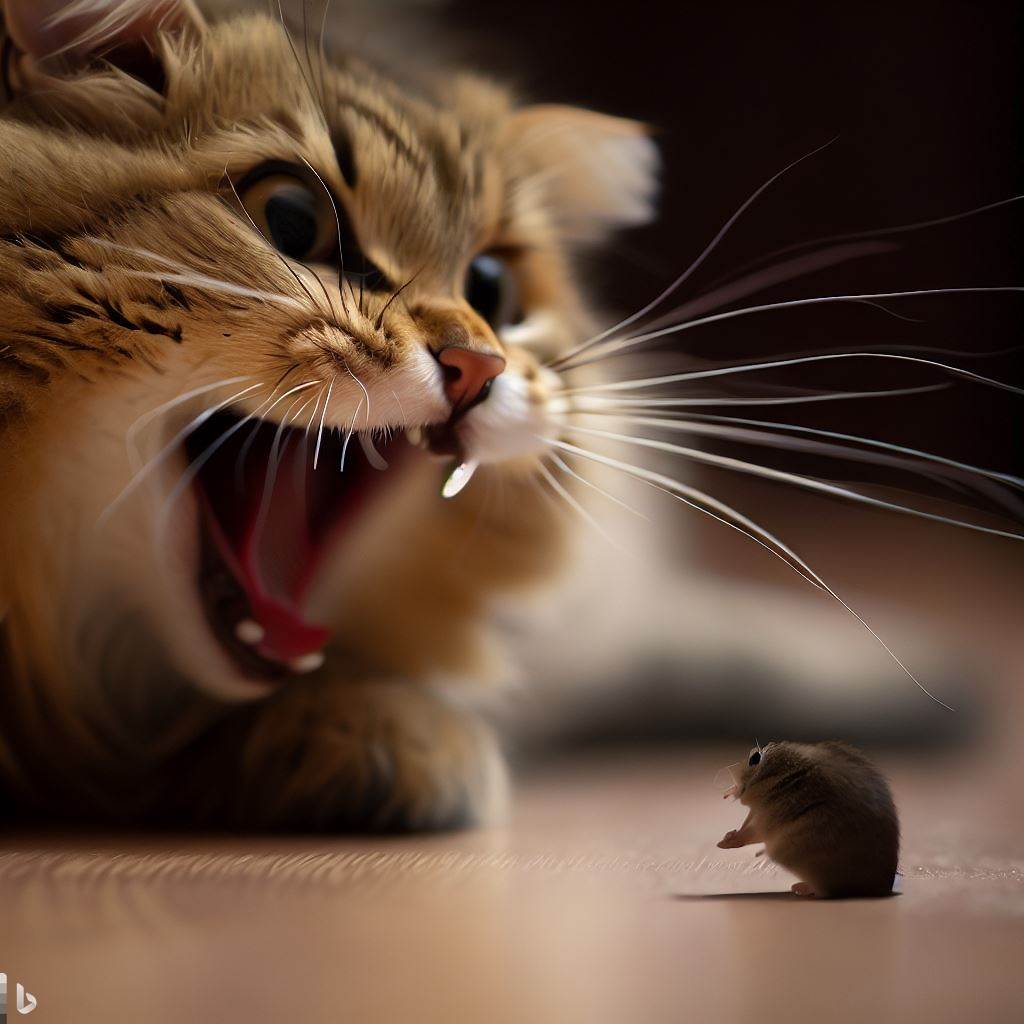Tag: war
-

The Abandoned Engineering TV Documentary Series
Reading Time: 2 minutesRecently whist playing with Galaxus TV which is just free to air television, made available via Galaxus rather than a satellite dish I have been able to revert to the habit of watching niche documentaries, as I used to years ago, when I lived in a house with a satellite dish. The…
-

Films I Watched
Reading Time: 3 minutesFor years I didn’t watch many films but recently the habit has returned. Blood and Gold I am used to watching English or French films about the First and Second World War but recently I watched Blood and Gold, in German, with English subtitles. It’s interesting to watch a German film rather…
-
The Bomber war – Documentary and book
Reading Time: 2 minutesWhen I was in Spain I started to read “The Bomber War” because it’s a topic I do not know much about the topic. It’s interesting to read about the technology that they used for guidance, for detection and for the bombing. It’s also to read about how one thousand bomber sorties…